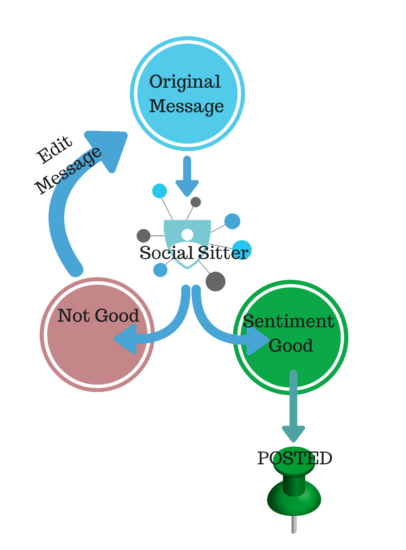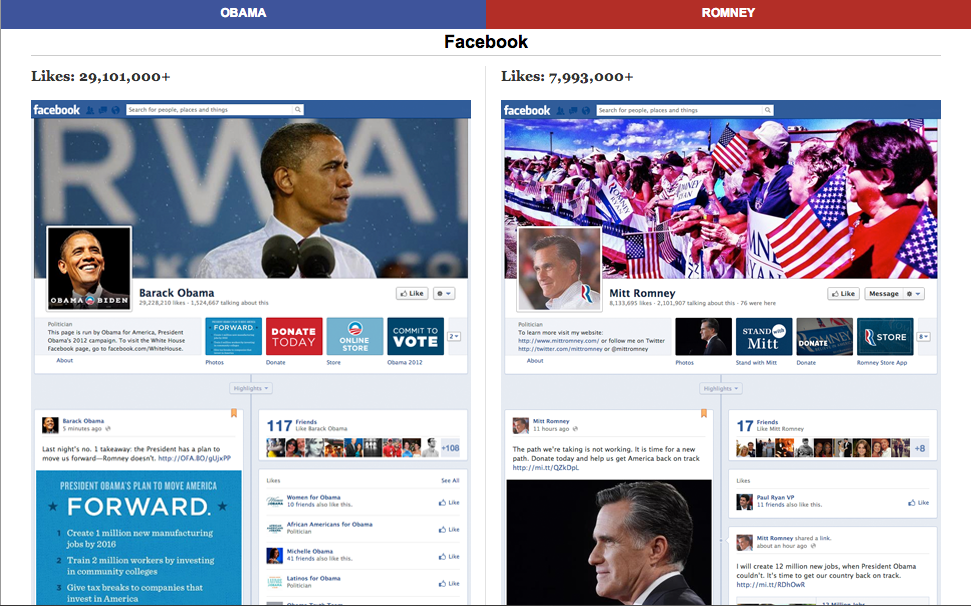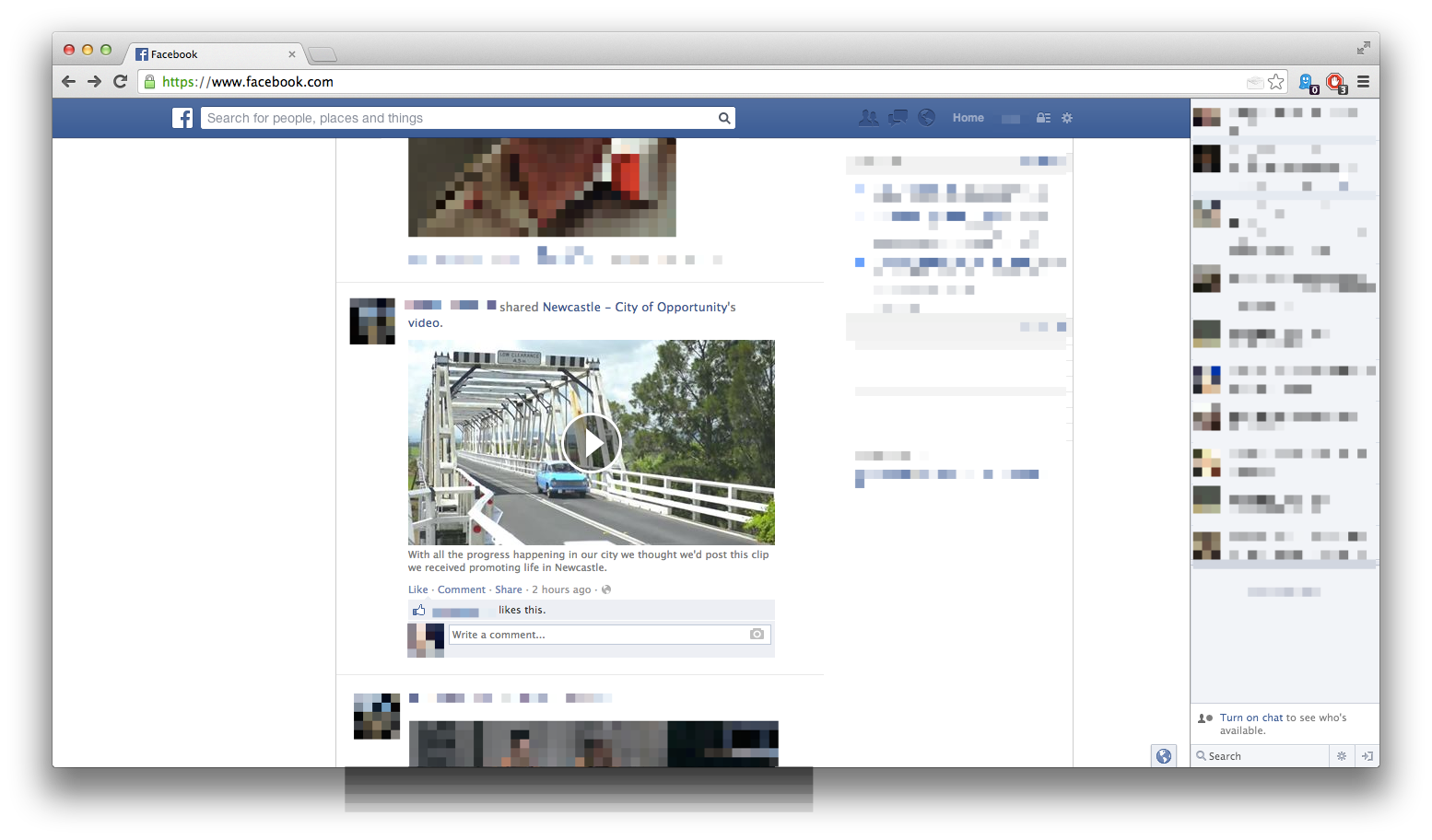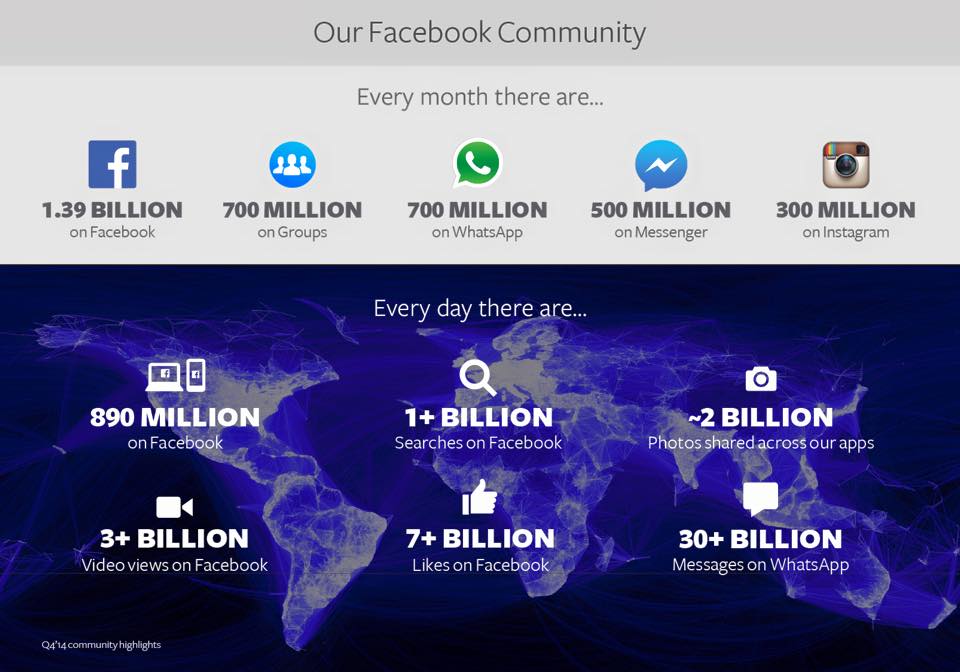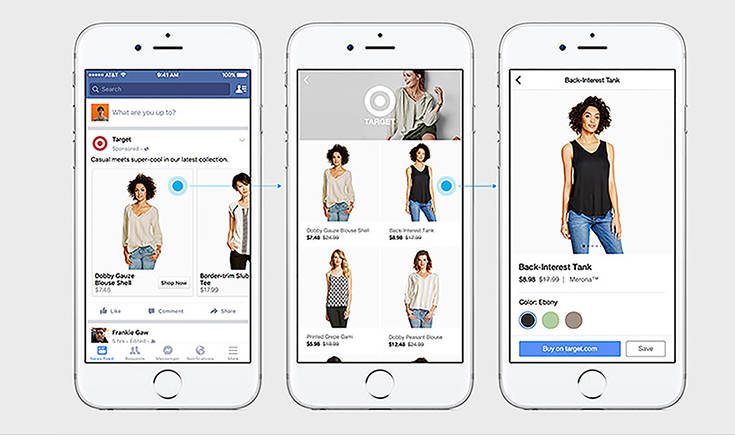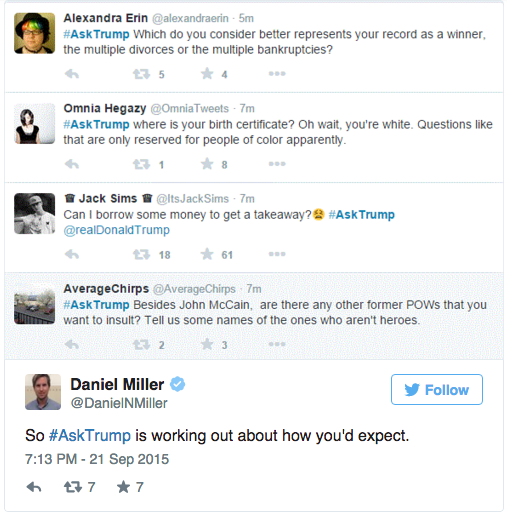Along with tackling the premise of information asymmetry in its online web shop, L’Oréal has acted upon a very strategic and innovative way of testing make up with the use of an app that integrates augmented reality within its system. Instead of going to crowded drugstores, being frustrated by the fact that trial makeup is not the most hygienic way of testing the product on your face, and the disability to test products within a short timeframe, this application enables you to test a large variety of L’Oréal’s products anytime and everywhere. In order to establish Makeup Genius L’Oréal cooperated with Image Metrics, a company that creates facial recognition software for video games and movies. This technology enables you to use the front-facing camera as a virtual mirror.
Makeup Genius enables you to have a drastic way of trying on make up with using nothing but your phone. Makeup Genius scans your face and allows you to select from a large range of L’Oréal’s products. The results are extremely realistic, which makes it seem as if you’re actually wearing the products. In order to make this Augmented Reality application, L’Oréal invested 18 months to develop, test, and enhance the application. While developing, the multinational incorporated thousands of products and over one hundred unique facial expressions. You can try out just eyeliner or create complete looks. Once you like what you see, you can save your look and share it with friends, as well as purchase the products online.
Furthermore, another way Makeup Genius removes the hassle of the in-store experience is by allowing you to scan the products and try them on virtually. Since the launch of Makeup Genius, many magazines have appraised the application. Fast Company even perceived L’Oreal to be one of the most innovative companies of 2015 (Mala, 2015). Additionally, more than 10 million people have downloaded the application and have tried on more than 25 million looks altogether, while using more than 65 million products (which is thus 65 million more makeup trials of L’Oreal’s products) (Makeup Genius, 2015).
This implementation of AR reduces information asymmetry in a very significant way, allowing customers to witness the traits of the products in a real life manner, whereby certain ambiguities about the product performance are slightly diminished. However, the product does not allow a customer to witness whether the product quality and user-friendliness is compatible with their expectations.
Will you be the new Makeup Genius user? Would you download the app and use AR to buy cosmetics of L’Oréal?











